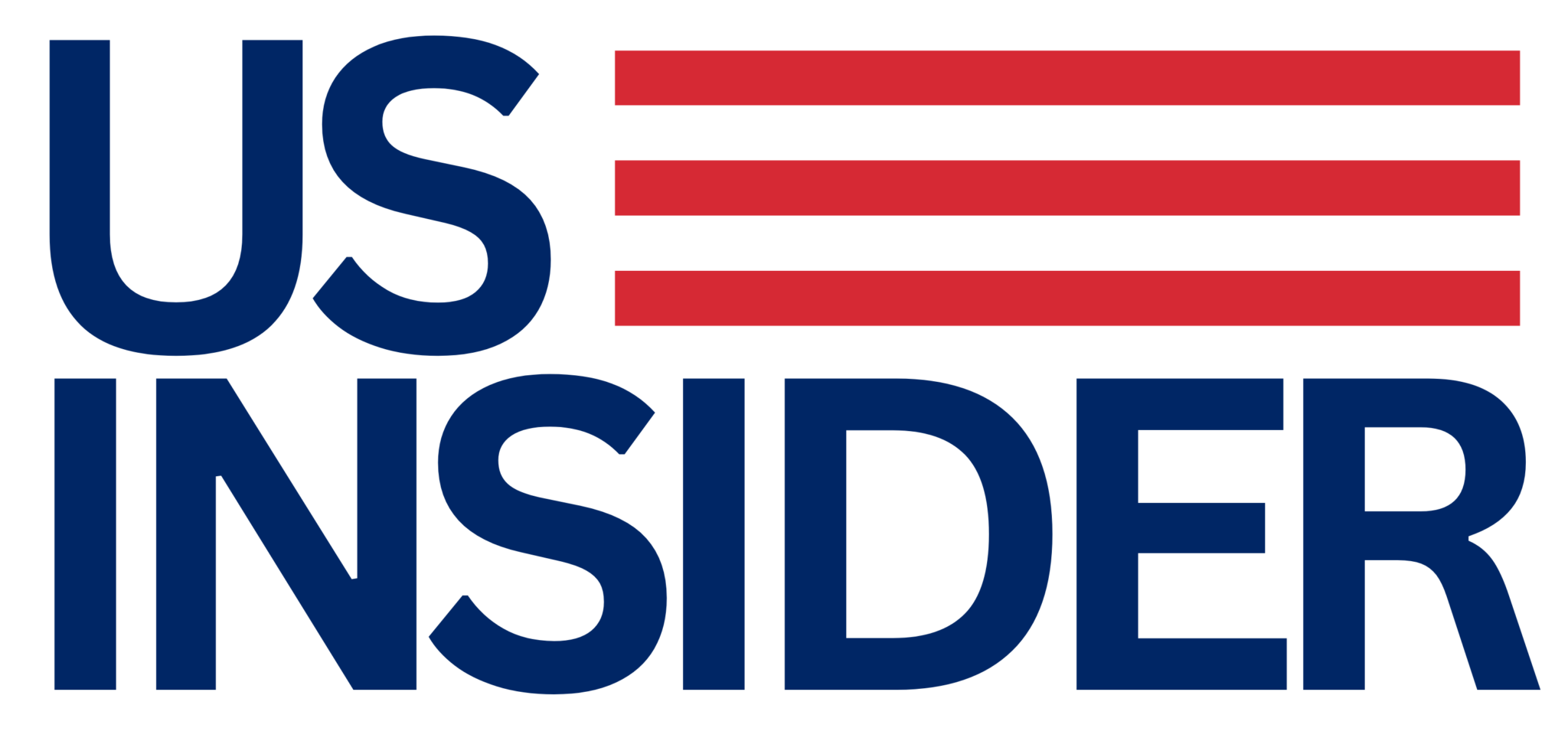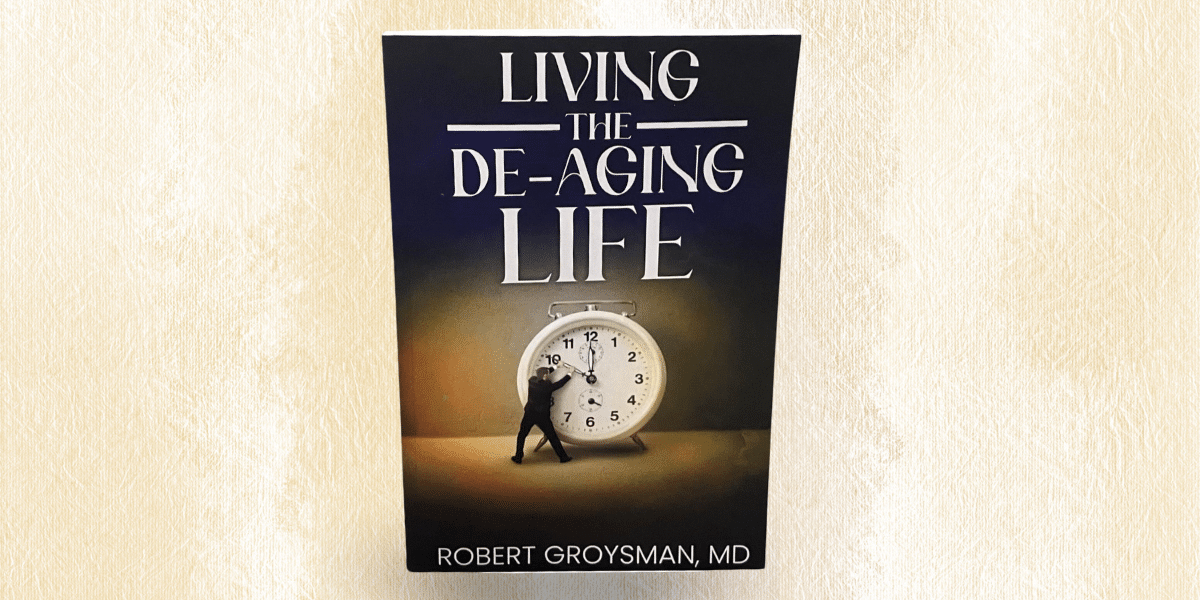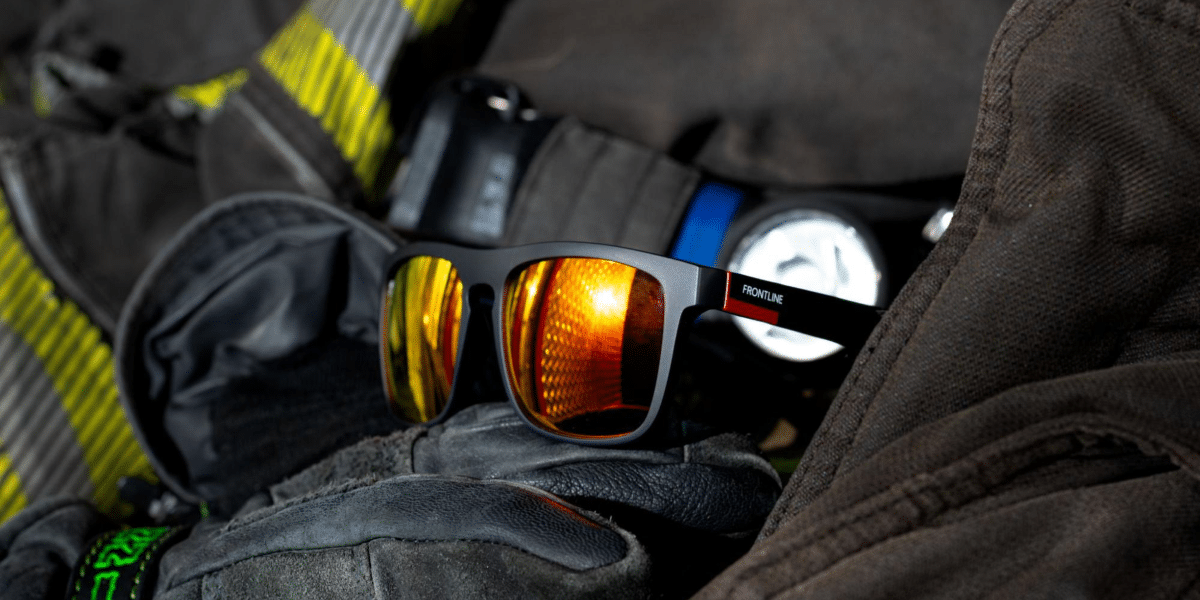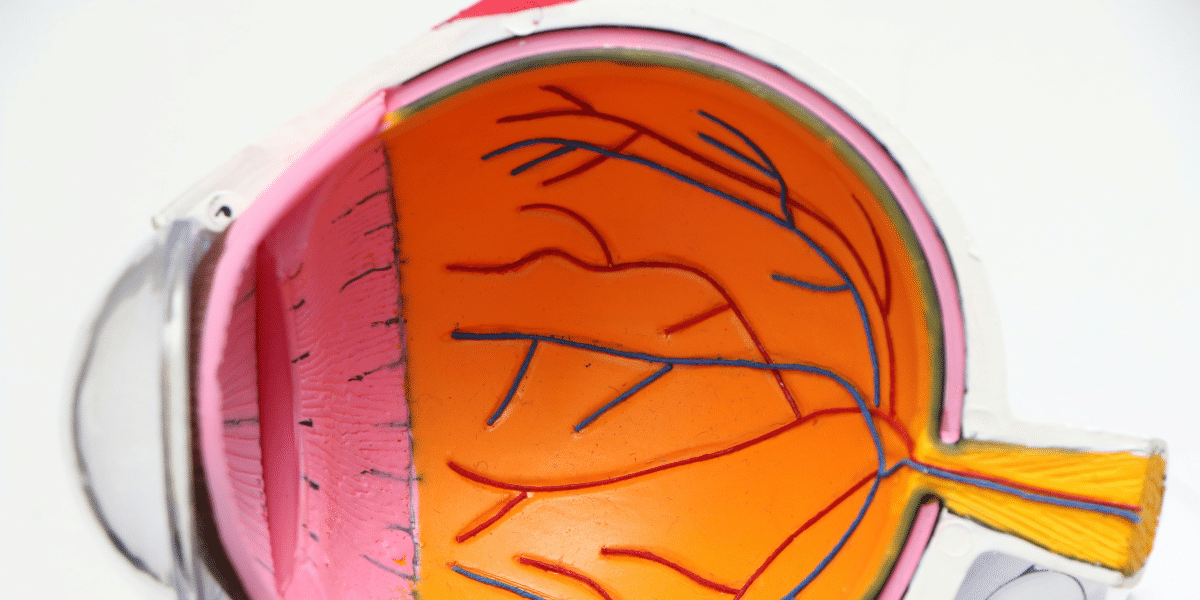By: Marcy Paulson
Obesity among dogs in the US is rampant, with 59% being classified as overweight. Though this issue naturally receives much attention, being underweight is an equally critical issue.
“For our beloved pets to be at their healthiest and happiest, they need to be at their optimum weight,” says Jessica Krueger, Senior Marketing Manager at ZIWI®️. “Understanding the signs and symptoms of an underweight dog and knowing how to address this condition is essential to ensure longevity and quality of life for your four-legged friend.”
Signs and Symptoms of an Underweight Dog
One of the telltale signs of an underweight dog is the visibility of bones under the skin. If a pet parent can easily see their dog’s ribs, spine, or hip bones protruding, and it isn’t a sporting or hunting dog breed (in which case, visible ribs are a sign of a perfectly healthy dog), it suggests that their dog does not have an adequate amount of body fat. Pet parents should be able to feel their dog’s rib bones, not see them.
Underweight dogs also often show a significant decrease in their energy level. If dogs appear tired, weak, or less enthusiastic about the activities they usually enjoy, it might be due to a lack of nutrients and calories.
Pet parents should also examine their dog’s fur because a healthy coat reflects a dog’s overall health. An underweight dog may have a dull, dry, or brittle coat due to insufficient nutrition.
Underweight dogs may have weakened immune systems, making them prone to sickness. If they fall ill, their recovery time may be longer than that of a healthy-weight dog. They may also become sick more often.
Finally, pet parents will want to watch for changes in their dog’s behavior. Increased food aggression or anxiety can be signs that a dog isn’t getting enough to eat or isn’t absorbing enough nutrients from their food.
Solutions for an Underweight Dog
“If your dog is underweight, the first step is to consult with a veterinarian,” notes Krueger. Underlying health issues, such as parasites, dental problems, or more serious conditions, may contribute to your pet’s weight loss.”
To correct the issue, pet parents must ensure their dogs consume enough calories to meet their energy needs. Veterinarians can help determine a dog’s caloric requirements based on factors like age, breed, and activity level.
“Your vet might suggest changing your dog’s diet to include more calorie-dense foods or switching to specialized food formulated for weight gain,” says Krueger. “Increasing meal frequency can also help. You might try offering smaller, more regular meals throughout the day instead of one or two large ones.”
The vet can also recommend supplements that provide additional nutrients. Commercial high-calorie supplements or gels specifically designed for dogs that need to gain weight can be added to meals to boost calorie and nutrient intake. Incorporating wet foods with dry kibble for dogs may also make the meals more appealing and provide additional hydration.
Exercise helps build muscle mass. However, for underweight dogs, it’s essential to increase exercise levels slowly and only as part of a comprehensive plan to ensure they receive adequate nutrition.
“After making the changes, keep an ongoing record of your dog’s weight, behavior, and body condition,” suggests Krueger. “Weight gain should be a gradual and steady process. Frequent weigh-ins and body-condition assessments are essential to ensure your dog is gaining weight at a healthy rate and to make any necessary dietary adjustments.”
The Essential Diet for an Underweight Dog
When choosing the right foods for an underweight dog, the primary goal is to increase caloric intake and provide nutrient-rich foods that support healthy weight gain. Pet parents can look for dry recipes for dogs with high-quality animal proteins like chicken, turkey, beef, fish, and eggs. The amino acids in these proteins are essential for the growth and repair of tissues in your dog’s body.
Healthy fats are excellent sources of concentrated energy that can help dogs gain weight while also contributing to healthy skin and a glossy coat. Sources of good fats include fish oil, flaxseed, and chicken fat. While fats are essential, they must be offered in moderation to prevent health issues, such as pancreatitis.
Vegetables like beetroot and broccoli provide fiber and essential nutrients while contributing to the dog’s energy needs. These complex carbs digest slowly, helping provide a steady source of energy throughout the day.
A balanced diet for an underweight dog should also include a variety of vitamins and minerals to support overall health. Foods rich in vitamins E, A, and B-complex and minerals such as zinc, iron, and calcium play a critical role in metabolic processes and immune function.
The essential diet for an underweight dog provides a balanced mix of protein, fats, and carbohydrates adjusted for the dog’s energy needs. It promotes weight gain while supporting overall health. Early intervention, proper nutrition, and ongoing veterinary support are vital elements to help dogs reach and maintain a healthy weight.
“Recognizing the signs of an underweight dog is the first step in helping your pet achieve a healthy weight,” Krueger concludes. “With the right solutions, you can improve your dog’s health and ensure they live a happy and active life by your side.”
Published by: Holy Minoza






